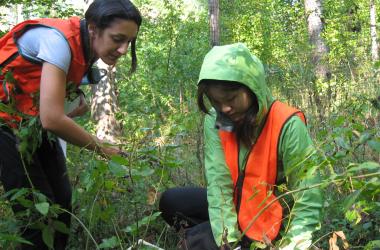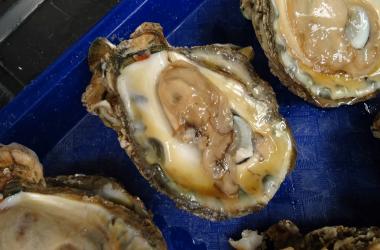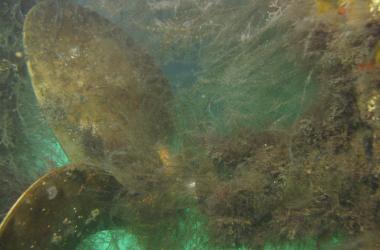Biological invasions are a major force of change, affecting many dimensions of life on Earth. Invasions result when species colonize new geographic regions, which are disjunct (isolated) from existing populations. Humans have dramatically altered invasion dynamics, especially with the global expansion of trade in modern times.
Historically, geographic barriers such as oceans and continents have shaped the dispersal, distribution, and evolution of organisms. These types of barriers were sometimes breached by shifting land masses and sea level rises over geologic time, as well as by episodic or rare events, such as storm- and tsunami-induced rafting or dispersal of organisms through the air. But in recent times, human activities increasingly transfer organisms across these barriers, altering the magnitude and tempo of dispersal and the types (diversity) of organisms moved around the world.
Today, new invasions are dominated by human-aided dispersal, where global trade can move species across continents and ocean basins in days or even hours. Transportation and the movement of organisms by humans—both intentional and unintentional—has greatly accelerated the baseline rate of invasions for marine, freshwater, and terrestrial habitats throughout the world, allowing many species transfers that would never occur otherwise. From the poles to the equator, no global region is immune to human-mediated invasions. These invasions are strongly affecting processes within populations, processes within ecosystems, disease dynamics, and goods and services to society.
SERC is a world leader in research on biological invasions, with diverse research programs that explore (a) the underlying mechanisms that lead to invasions, (b) changing spatial and temporal patterns of non-native species occurrence, (c) the ecological, social, and conservational consequences of invasions, and (d) the effects of management and policy on invasion dynamics and impacts. As a cross-cutting theme that affects many ecological processes, SERC invasion research is conducted across marine, freshwater, and terrestrial habitats at the population, community, and ecosystem levels.












